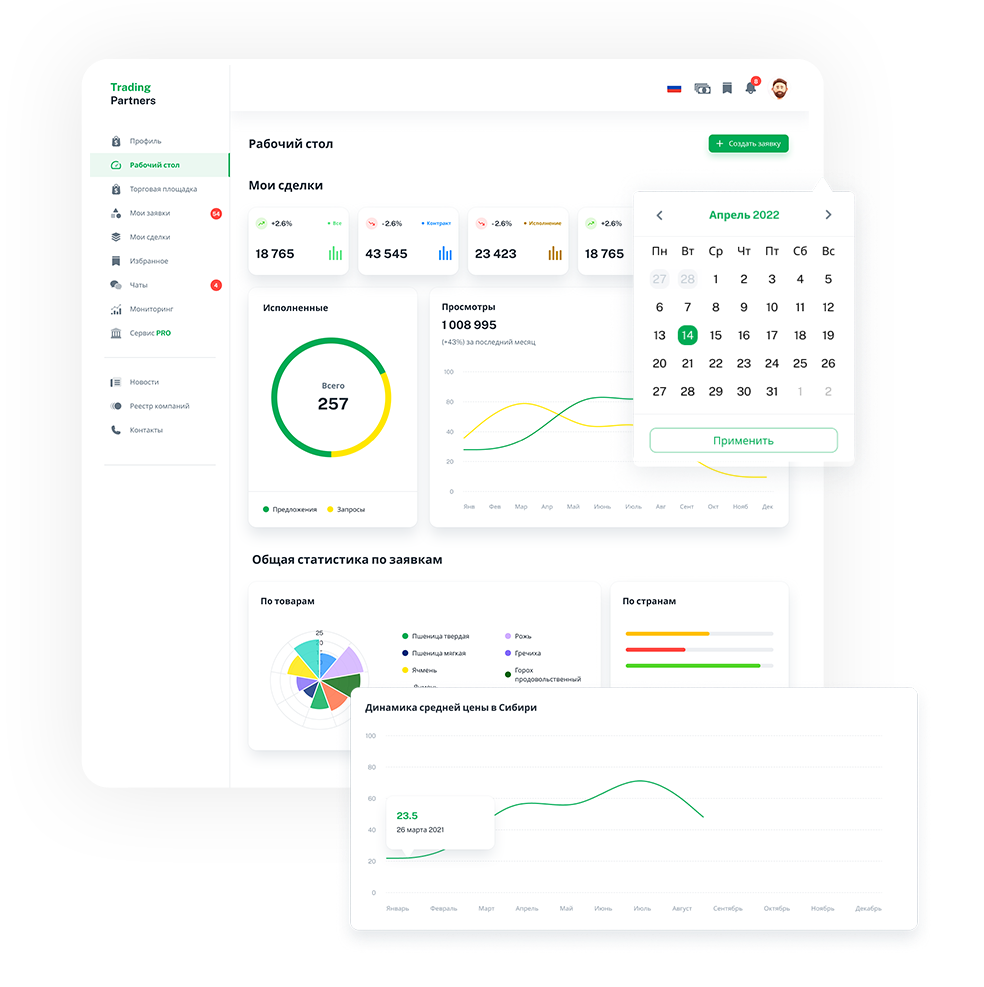After the note "Bitter Sugar of Kazakhstan," it seems logical to tell about how the sugar market operates in the USA. There, sugar producers, agrarians, and the government actively interact to maintain the necessary production volumes and consider the interests of all market participants. In his material, former chairman of the board of directors of "Asia Sugar" company, Timur Seytmuratov, explains the main aspects of this interaction.
The US government, in regulating the domestic sugar market, operates on the principle that sugar should not be too cheap. This almost paradoxical statement has its logic and reasonable justification. Low sugar prices, as understood in America, will lead to the bankruptcy of farmers and sugar factories, which in turn will lead to a reduction in sugar crop plantings and worsen the socio-economic climate in the country. To prevent these negative consequences, the US government regulates the sugar market.
The program of state measures to support the sugar industry includes several activities. The US Department of Agriculture limits sugar production volumes to guarantee minimum prices for sugarcane and beet sugar producers. Thus, the government prevents sugar overproduction on the market, which could negatively affect the industry. In addition, credits are provided to producers to compensate for inadequate cash flow and import quotas to combat competition from foreign sugar. In case of raw material shortages on the domestic market, the USA can temporarily increase sugar imports.
An interesting example from the past - in 2014, the United States imposed tariffs on Mexican sugar products after complaints from American farmers about the flood of the market with Mexican sugar. The countries reached an agreement under which the USA reduced customs duties, and Mexico introduced restrictions on sugar exports to the USA. Thus, the US government uses measures of economic protectionism to protect its producers and maintain prices on the market.
The American Sugar Alliance monitors the state of the sugar market, raw material harvests, production and consumption volumes, as well as warehouse stocks daily. This alliance is the national coordinator and main link between the industry and the government.
In the USA, the sugar market is organized in a way that manages to combine different forms of business organization. For example, the farmer cooperative Crystal Sugar successfully competes with the corporation Cargill and manages a part of the US sugar market. American farmers who are members of the cooperative own 100% of the company's shares and contribute part of their land to the cooperative's charter capital. This model provides farmers with stable and solid income and serves as an alternative to the traditional collective farm. Crystal Sugar cooperative allows farmers to retain ownership of their land and sell their shares.
As a result of this sugar market organization in America, there is interaction and cooperation between sugar factories, agrarians, and the government. They work as a team and consider each other's interests to achieve common goals.
In Kazakhstan, it is also important to understand that a sugar plant is a commercial enterprise with its obligations. The payment to agrarians for sugar beet depends on the plant's ability to sell the produced sugar. Sugar factories are not against paying agrarians a higher price for raw materials, but they must also ensure their profitability. Sugar factories make a significant contribution to the country's economy, create jobs, and pay taxes.
Ultimately, in the USA, the government and the sugar industry work together for the country's benefit, respecting the interests of all market participants. I hope Kazakhstan can adopt this approach and develop the sugar industry based on cooperation and partnership.
P.S. Currently, sugar prices in the USA range from 2.37 to 3.69 dollars per kilogram, depending on the brand and supermarket.



